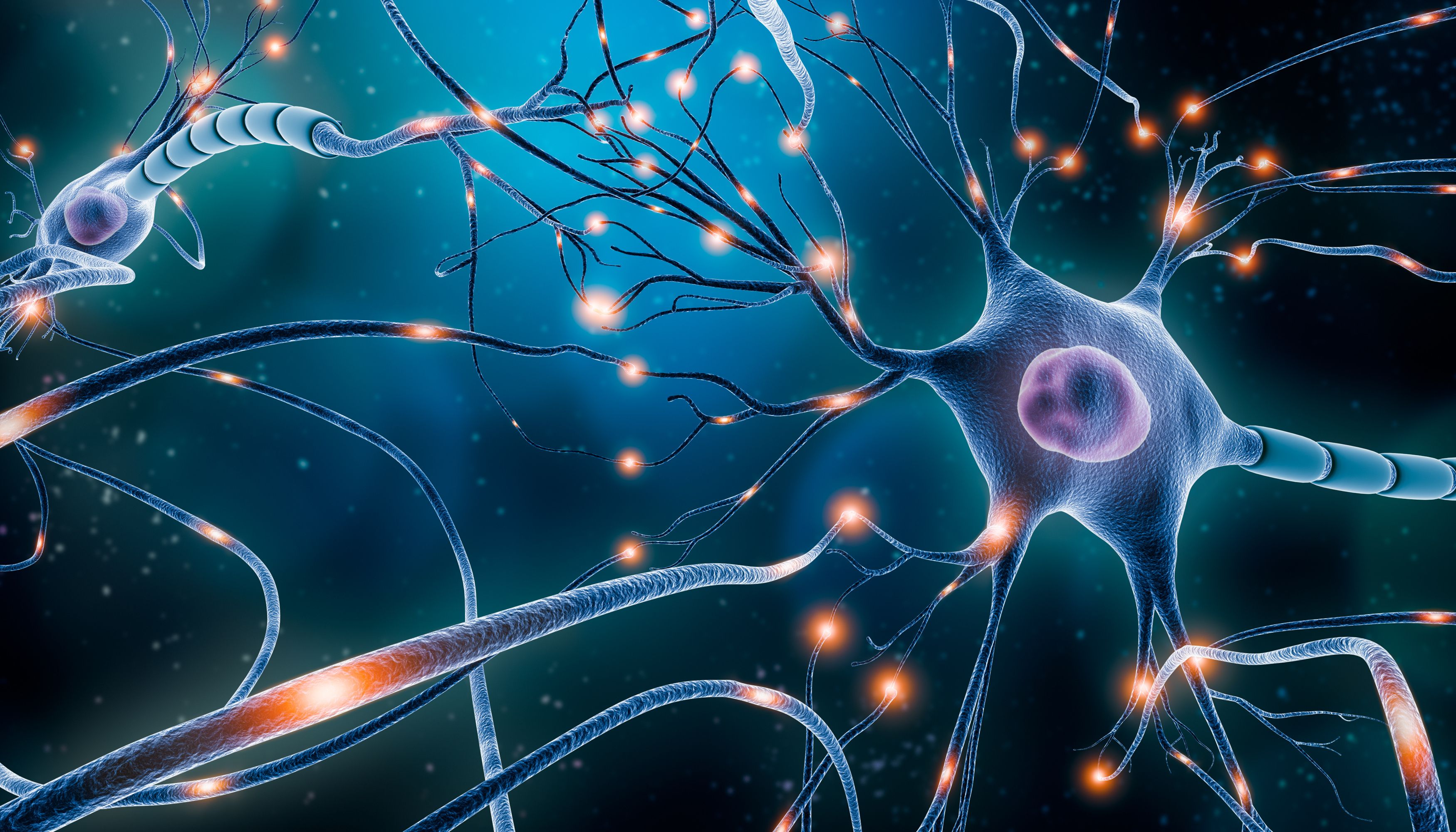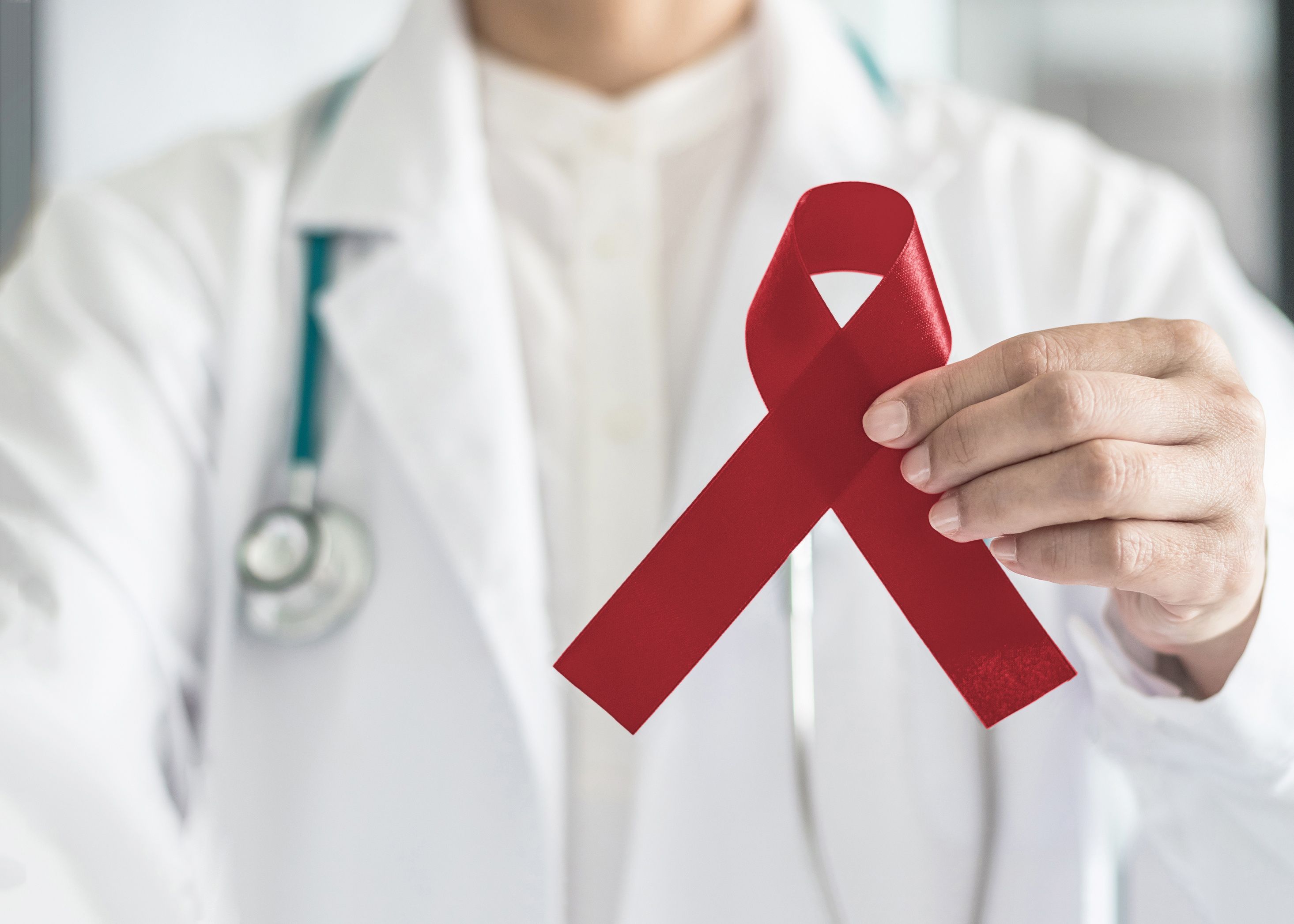Video
Addressing Unmet Needs in The Relapse/Refractory Setting
Preetesh Jain, MBBS, MD, DM, PhD, offers perspective on unmet needs in treatment of patients with relapsed/refractory mantle cell lymphoma.
Ryan Haumschild, PharmD, MS, MBA: We know that we have frontline treatments. Dr Jain, you did a great job of going through some of the treatments. You talked about aggressive chemotherapy or low- dose [chemotherapy] with immunotherapy, and some of the stem cell transplantation, which we want to pursue aggressively if the patient is fit. But what about the patients who are going to the second line for relapse/refractory mantle cell lymphoma? How has treatment evolved? Maybe bring in some of the treatments you just discussed. What are some of the existing unmet needs that you still see once patients get into that relapsed/refractory setting?
Preetesh Jain, MBBS, MD, DM, PhD: That’s very important and a current challenge for us. In spite of development of these therapies, there are a fraction of patients whom we’re seeing in the long-term follow-up. Recently, Dr Wang reported the 10-year follow-up of ibrutinib, which is the first approved BTK [Bruton tyrosine kinase] inhibitor. The majority of patients discontinued, mainly due to progression but also due to intolerance. Clearly, there’s a spectrum of mantle cell lymphoma in which we’re seeing in long-term follow-up that these therapies haven’t been completely curative. We can’t call them curative, so clearly there’s a fraction of patients who are progressing on these therapies.
We and others have also reported that after they progress, their outcomes are poor. That means the treatment options are limited. But CAR [chimeric antigen receptor] T-cell therapy came into picture. We’re seeing patients who have even progressed on these. We’re giving CAR T-cell therapy and getting sustained responses even at 3-year follow-up. We reported 2 years ago that patients have also failed CAR T-cell therapy. Those patients are a very challenging group of patients. How do we treat them?
That’s why [it’s important to look into] novel agents and novel combinations and whether treating these patients earlier is important. That’s the next question we’re looking at. That’s why we’re trying to bring in these new agents early in the treatment landscape to treat them up front with frontline therapy BTK inhibitors and rituximab, which is the trial led by Dr Wang, the WINDOW-1 study [NCT02427620]. That clearly provides an impetus to reduce the disease bulk and minimize the disease burden and get them to the stage where they achieve early response. Early achievement of response is a predictor of long-term better outcome. That has shaped the landscape and the new generation of next-generation clinical trials.
Michael Wang, MD: The frontline therapy field is moving and evolving away from chemotherapy to chemotherapy-free therapies. Our program led to the WINDOW-1 clinical trial, where Dr Preetesh Jain played a very significant part. He and I are working on the WINDOW-2 clinical trial [NCT03710772] that we presented together at the 2021 ASH [American Society of Hematology Annual Meeting]. Stay tuned for exciting data from WINDOW-2 that’s coming out from both of us.
Preetesh Jain, MBBS, MD, DM, PhD: Exactly. That’s where the treatment is changing.
Transcript edited for clarity.
Newsletter
Stay informed on drug updates, treatment guidelines, and pharmacy practice trends—subscribe to Pharmacy Times for weekly clinical insights.






